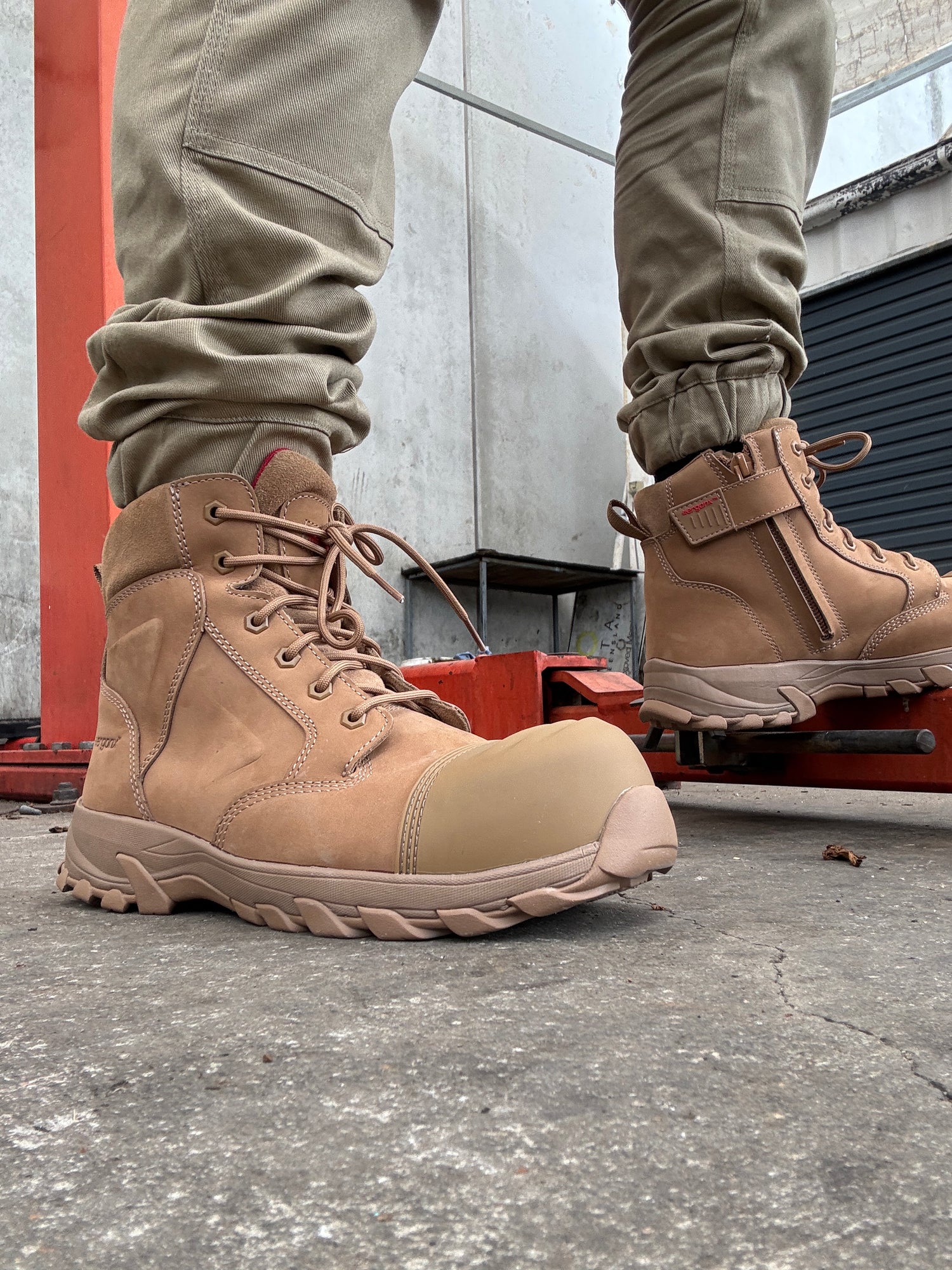HOME / FOOT HEALTH/ HEEL PAIN TREATMENT AT HOME
Foot pain, in particular heel pain, can be a debilitating condition, especially when it is linked to plantar fasciitis or heel spurs. In this article, we explore some simple home remedies that can help alleviate heel pain and aches that run along the bottom of the foot.
These remedies, which are often recommended by podiatrists, include lifestyle adjustments, icing the foot, proper footwear, orthotic insoles, stretching, and the use of anti-inflammatories.

Understanding heel pain and plantar fasciitis
Plantar fasciitis is one of the most common causes of heel pain. It is often characterized by pain that feels like a sharp pinprick, typically experienced in the morning hours. The plantar fascia is a thick band of connective tissue that runs along the bottom of your foot from the heel bone to the toes. When it becomes aggravated and inflamed, that is when one is said to have plantar fasciitis.
Treating plantar fasciitis at home
Lifestyle adjustments to minimize aggravation
The most crucial step in managing foot pain and heel pain is to identify and avoid activities that exacerbate the condition. If walking worsens the pain, decrease the amount of walking you do. Rest is key for the healing process.
Icing to reduce inflammation
Icing the affected area can help moderate inflammation and get rid of pain, at least temporarily. It is recommended to apply an ice pack to the heel for approximately 15 minutes, 2 to 3 times a day. Prevent direct contact between the ice and your skin as this can cause frostbite. Wrap the ice pack in a t-shirt or towel.

Wearing appropriate footwear
Choosing the right foot shoes can significantly impact heel pain. Opt for softer, cushioned shoes (similar to running shoes) as they place a smaller amount of pressure on the heel. Brands such as Asics or Brooks are known for their supportive features and are recognized as being reputable brands. Quality shoes not only cushion the heel but limit excessive rolling of the foot.
Employ orthotic insoles with good arch support
Orthotic insoles that elevate the arch of your foot can be especially useful for individuals with flat feet or collapsed arches. Full-length orthotics are great in that they span the entire length of the foot, providing shock-absorption from toe to heel. Incorporating orthotic inserts into your shoes can provide ongoing support and comfort during everyday activities.

Stretch out tight muscles
Tight calf muscles can contribute to heel pain by causing compensatory foot pronation. When calf muscles are tight, the feet tend to roll inwards, leading to strain on the plantar fascia and foot pain. Regular calf stretches can reduce tension and enhance the effectiveness of other treatment methods too.
-
Calf stretch how-to
Facing a wall, extend your arms forward and take a step back with one leg. Keep both feet flat on the ground. The leg that is extended back should be kept straight. Bend the forward leg slightly and lean your body forward, maintaining contact between your hands and the wall for support. You should feel a stretch in your calf muscle. Hold the stretch for 20 to 30 seconds, breathing in deeply and relaxing into the stretch (see below). Do this stretch for a couple of minutes at a time every day.

Managing acute symptoms with anti-inflammatories
Over-the-counter anti-inflammatory medications can be used to manage acute symptoms. These medications aid in moderating inflammation and facilitating a faster recovery. Consult with a healthcare professional or pharmacist to determine which medication is appropriate for your specific situation. Remember to follow the recommended dosage and seek medical attention if new symptoms arise or the condition worsens.

In conclusion, managing heel pain from the comfort of your own home is possible. Simple lifestyle modifications, over-the-counter medications, and devices such as orthotic insoles can help you find relief from heel pain caused by conditions such as heel spurs. Chronic persistent pain can be challenging to relieve, so if, using the above home remedies, no improvements are seen, seek help from a healthcare professional (e.g. your doctor or podiatrist).
If you have any questions about heel pain, at home treatments, and orthotics, please feel free to comment below! You can also reach our team at www.ergonx.com.au! We’d love to hear from you!


